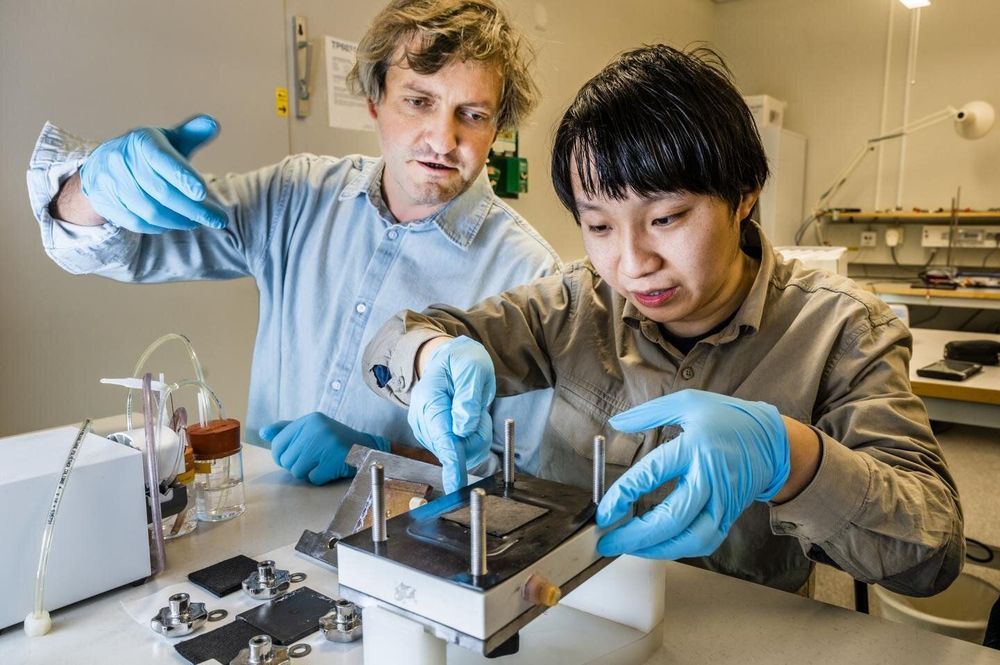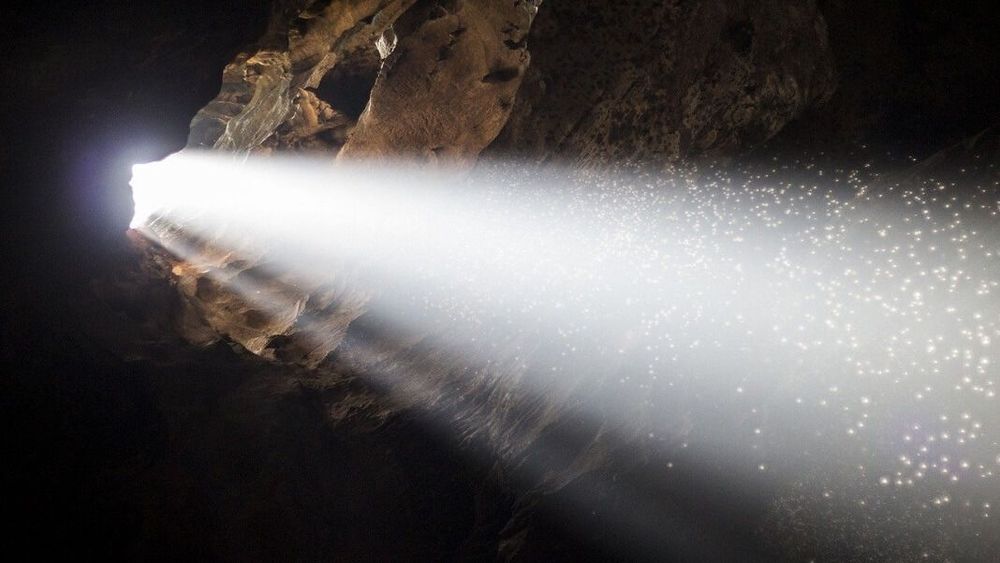Today, the Moon is about as inhospitable to life as it gets. The little water that’s there is trapped in ice or rock. It’s otherwise dry and airless, fluctuating in temperature by hundreds of degrees anywhere the sun shines. But long ago? That’s an entirely different story.
New research published in Astrobiology suggests that the Moon may have been shockingly habitable in the past during at least two periods — shortly after the Moon formed, and when volcanic activity was at its highest.
The key to it all is heat and lots of energy. The Moon formed after a collision between Earth and a proto-planet astronomers call Theia. And just after the smash up, there was lots of water vapor — enough that the Moon could’ve had a fairly substantial atmosphere and pools of water on the ground. Volcanic activity was also high, which could have replenished the atmosphere with water vapor from deep in the interior.










